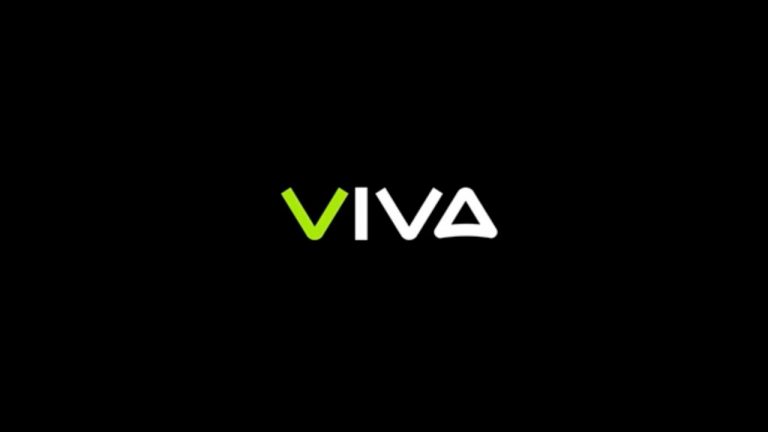AI Content: 6 Easy Steps To Google Indexing

My AI written content is always indexed when I use my review format.
Basically
- Set up a “training” format that explains what I want.
- Gather the facts that I want to use.
- Then – go to ChatGPT
- Enter review format
- Enter facts
- Ask for output 1 piece at a time
Introduction : In today’s digital landscape, having your content indexed by Google is paramount to establishing an online presence and reaching your target audience. Thankfully, with the power of Artificial Intelligence (AI), the process of getting your content indexed can be streamlined and made more efficient. In this step-by-step guide, we will explore six easy steps to leverage AI and ensure that your content receives the attention it deserves.
Step 1: Defining a Clear Training Format: To effectively utilize AI for indexing your content, it’s important to establish a clear training format that conveys your intentions to the AI model. Start by outlining the key elements you want to convey, such as the purpose, tone, and target audience of your content. This format will serve as a blueprint for the AI model, helping it understand your desired outcome.
Step 2: Collecting Relevant Facts: Gather all the pertinent facts and information you want to include in your content. This can range from statistics, data points, quotes, or any other relevant details that support your narrative. Ensure the accuracy and credibility of these facts to enhance the overall quality of your content.
Step 3: Engaging with ChatGPT: Now it’s time to engage with ChatGPT, a powerful AI language model. Enter the review format mode and start providing the AI with your training format and the collected facts from Step 1 and Step 2. Make sure to present the facts in a structured and coherent manner to enable the AI model to generate meaningful content.
Step 4: Iterative Output Generation: To maintain control and enhance the quality of your AI-generated content, it’s advisable to request output from the AI model in smaller pieces. This approach allows you to review and refine the content as you receive it, ensuring that it aligns with your intended message and style. Iterate this process until you are satisfied with the output.
Step 5: Incorporating SEO Best Practices: To maximize the chances of Google indexing your content, it’s essential to optimize it for search engines. Incorporate relevant keywords strategically throughout your content, ensuring they flow naturally. Craft compelling meta titles and descriptions that accurately summarize your content. Additionally, focus on improving page loading speed, enhancing user experience, and building high-quality backlinks to boost your content’s visibility.
Step 6: Monitoring Indexing Progress: After implementing the previous steps, it’s crucial to monitor the indexing progress of your content. Keep an eye on Google Search Console, which provides valuable insights and notifications about your website’s indexing status. If you notice any issues or errors, take necessary measures to rectify them promptly. Regularly updating and promoting your content will also increase its chances of getting indexed and appearing in relevant search results.
Conclusion: By following these six easy steps and harnessing the power of AI, you can significantly improve the likelihood of getting your content indexed by Google. Remember to set up a clear training format, gather relevant facts, engage with ChatGPT using the review format, iteratively refine the generated output, optimize your content for SEO, and monitor the indexing progress. With dedication and persistence, your content will find its place in the vast realm of the internet, reaching your target audience and driving valuable organic traffic to your website.
PS: This article was not written using my regular review format. For this post I merely wrote out my steps and then asked ChatGPT to rewrite and expand upon. All the content from the “Introduction” through the “Conclusion” was 100% AI written. Thus, I doubt that Google will actually index this post!





